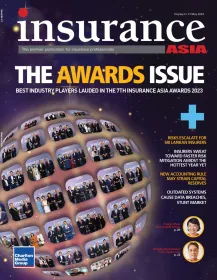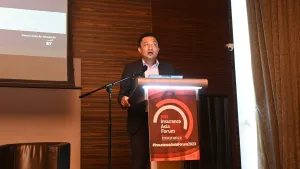
Can Australian insurers weather another economic collapse?
The Australian Prudential Regulation Authority found out the answer.
The Australian Prudential Regulation Authority (APRA) has found out that Australian insurers are well-positioned to withstand a very severe economic downturn such as COVID-19 after the government agency conducted a series of stress testing activities on life and general insurers during 2020.
Specifically, the results indicated that despite significant losses of capital under a severe economic downturn, both the lenders mortgage insurers and life insurers industries as a whole remained above their minimum capital requirements, whilst still meeting their commitments to policyholders.
However, APRA said that the outcomes of the stress test were highly variable across both industries, with some individual insurers falling below their minimum capital requirements.
APRA enumerated two key reasons for insurers’ falling capital levels during the stress: large investment losses emerging in insurers with exposures to lower-rated investments, as credit spreads over Australian Government Securities rose sharply; and significant deteriorations in disability income insurance claims and credit quality of underlying mortgages insured as economic conditions worsened, leading to significantly higher claims costs.
However, these results are before any benefits that insurers would derive from management actions to respond to the stress. After deploying management actions to mitigate the stress, capital levels return towards pre-stress levels.
Management actions used in response to the stress were crucial for rebuilding insurers’ capital levels, particularly insurers that breached minimum capital requirements under the severe downturn scenarios.
“Capital injections provided by parent owners, capital raisings, repricing and reductions in new business were used by most insurers to mitigate the impacts of the stress. Whilst individual actions appeared credible in isolation, few insurers considered the feasibility and second-order impacts of these actions in the context of broader industry-wide stress, particularly when other market participants are likely to be using similar actions to rebuild capital levels,” APRA said.
APRA added that better practice insurers considered the impacts of industry-wide stress on the capacity of both the broader market and parent owners to provide capital support, especially when capital sources are likely to be scarce and in high demand. Better practice insurers also incorporated thorough assessments of flow-on effects of repricing and reductions in new business volumes. This included considerations of increases in selective lapses, changes in reinsurers’ appetite to absorb increased levels of risk, and impacts on the cost and availability of insurance.
According to APRA, these tests have reinforced their view that there remains room to improve stress testing capabilities across the insurance industry, with regular stress testing of a range of sufficiently severe but plausible downturns forming a key part of insurers’ capital management decisions. APRA said it expects insurers to continually self-assess their own internal stress testing frameworks in light of these findings in order to improve their capabilities.
“COVID-19 has been an important reminder of how quickly and unexpectedly periods of adversity and combinations of different risks can emerge. APRA’s recent stress testing activities provide valuable assurance of insurers’ resilience, and their ability to meet their commitments to policyholders during tough times. APRA will continue its program of targeted stress testing activities on regulated institutions, subject to macroeconomic and emerging risks. Building on lessons learned from recent industry stress tests, APRA intends to consult in the future on new guidance for entities on stress testing,” APRA said.











 Advertise
Advertise












